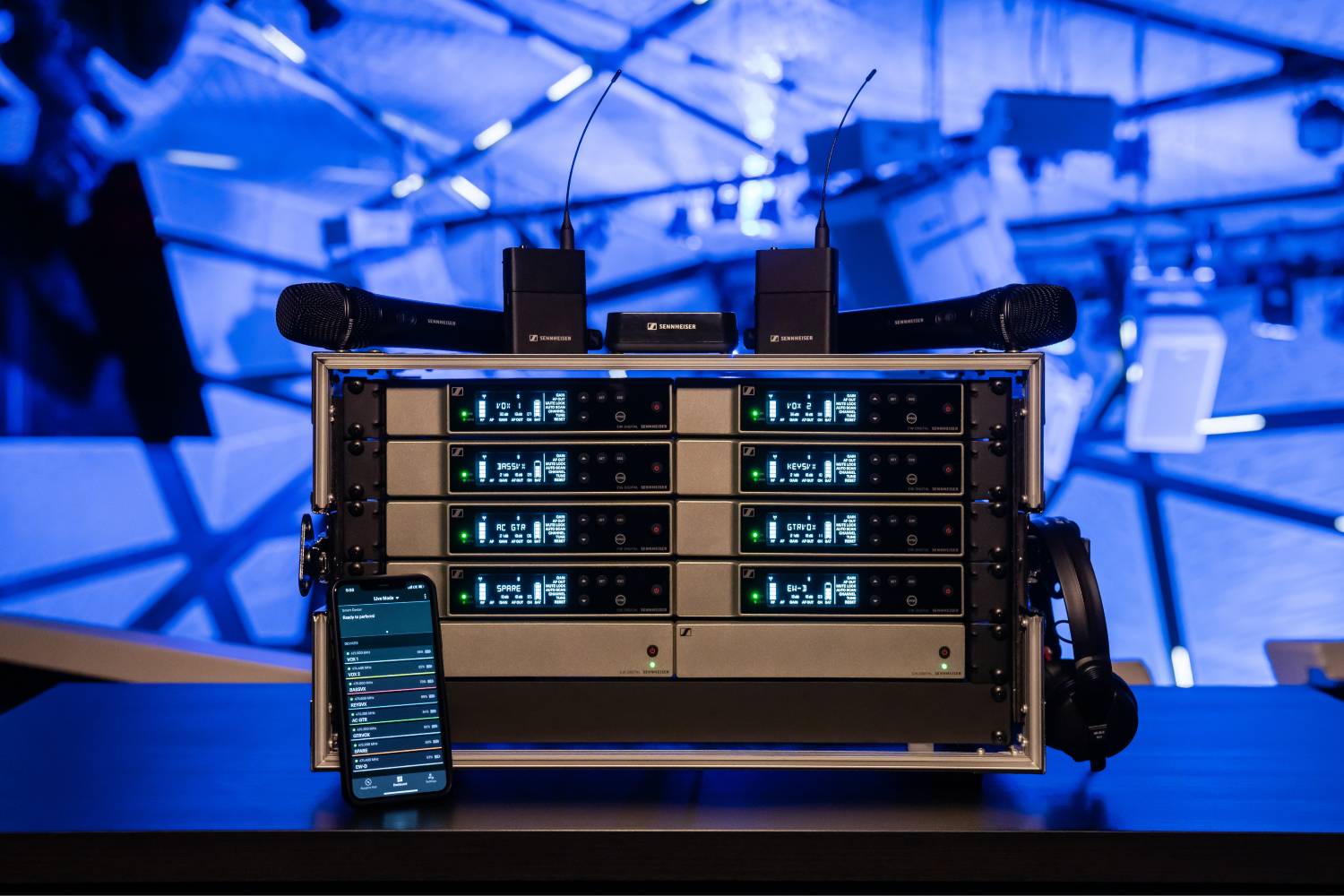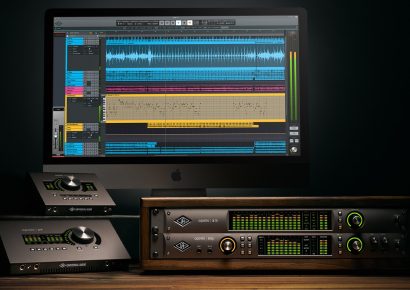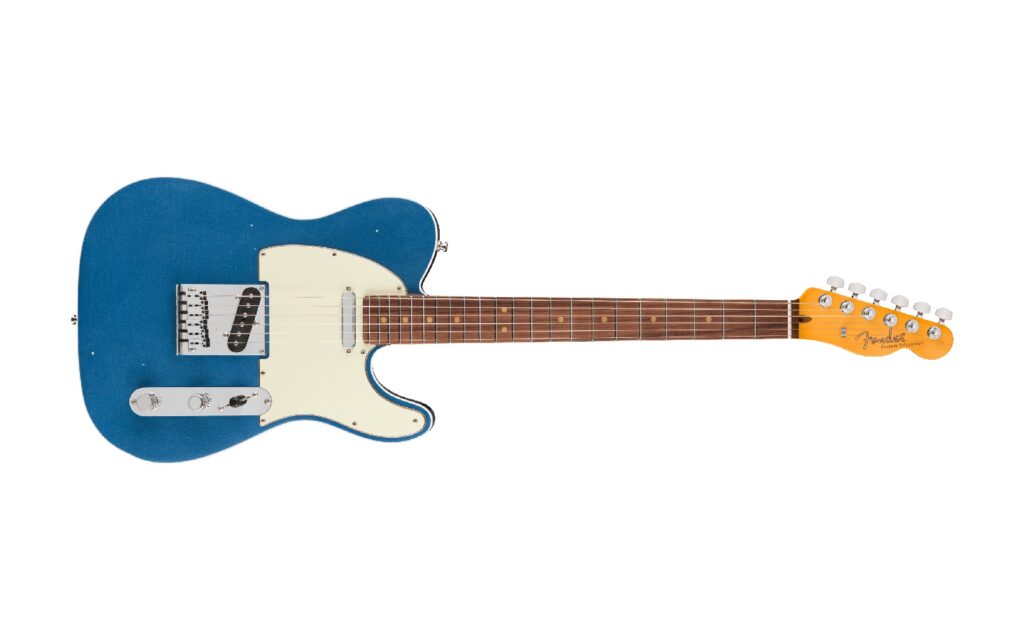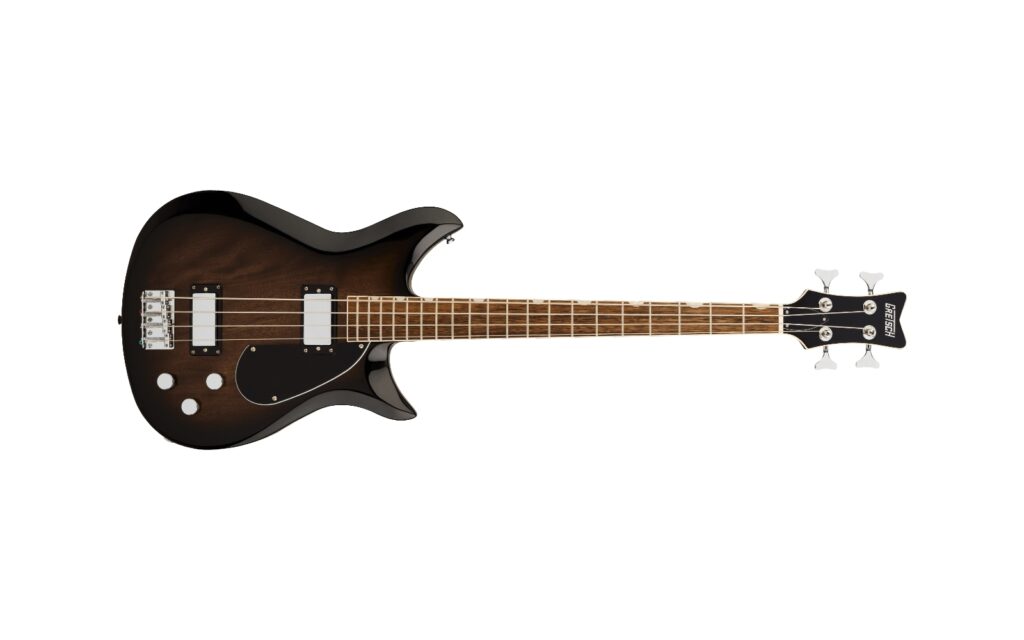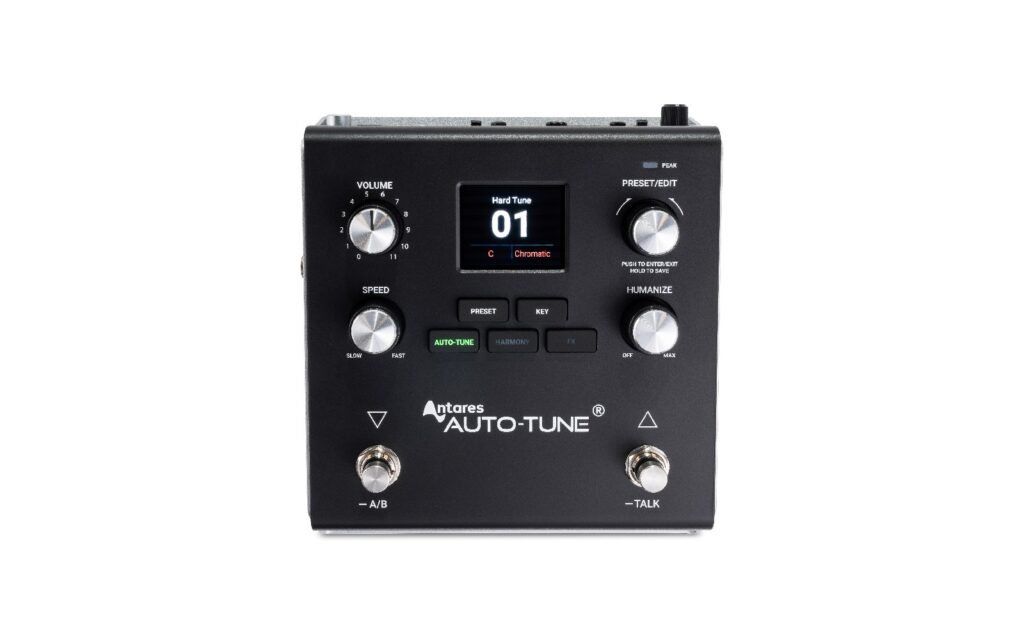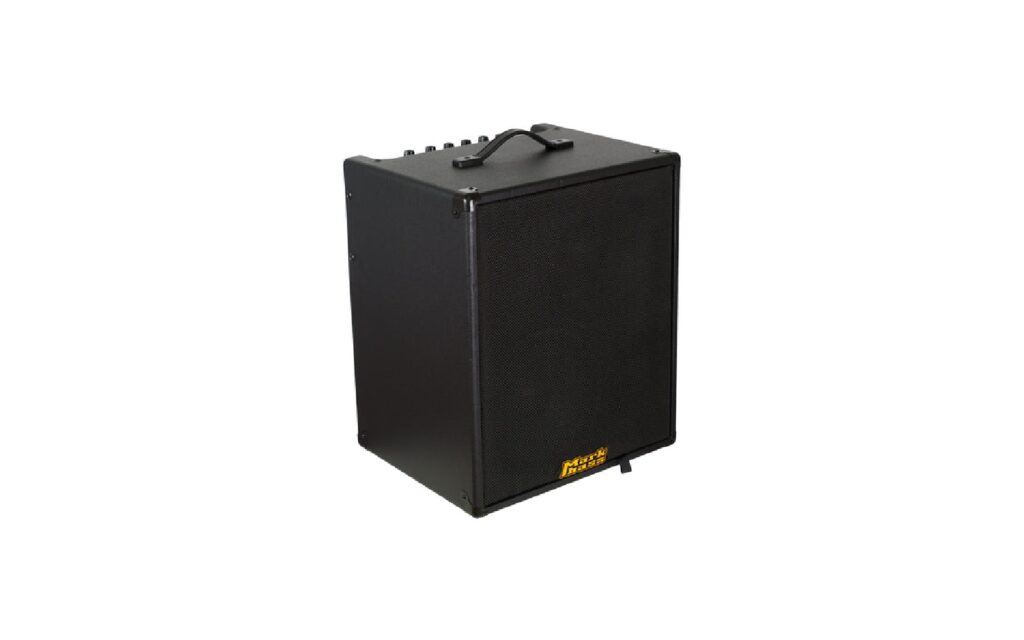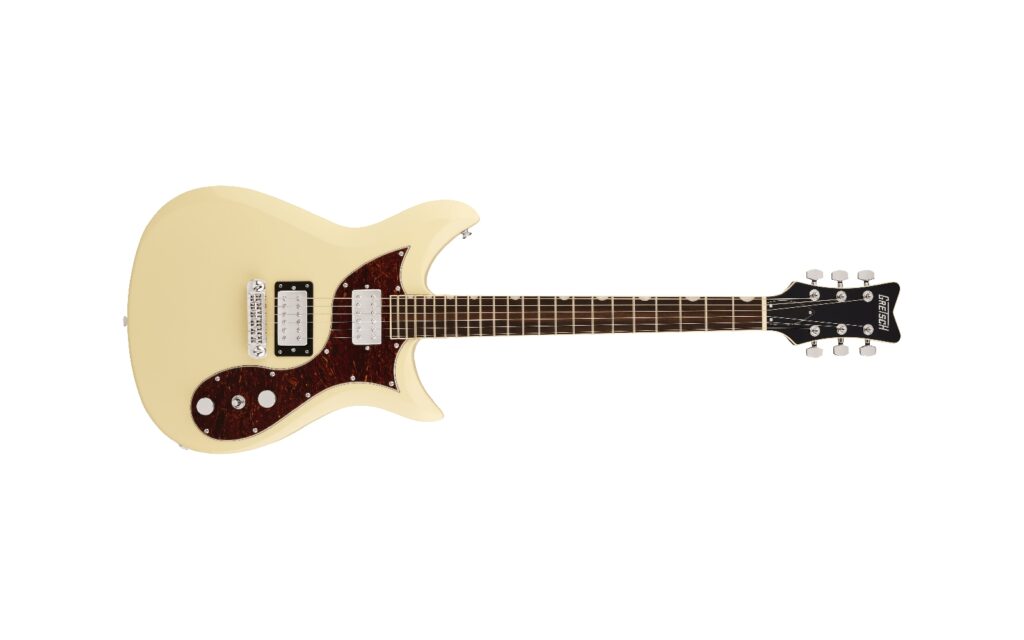Sennheiser Australia | Enquire for Pricing
There are few names in pro audio that hold such reverence as Sennheiser. When it comes to the world of wireless systems the German company unarguably take a healthy bite of the pie. What’s something that’s always held Sennheiser in such high esteem from pro-sumer to pro audio is their well throughout, easy to use designs, rugged reliability and price point. So when the new Evolution Wireless Digital (EW-D) landed in my lap for review, I was pretty pumped to see what they had come up with.
Catch up on all the latest music gear reviews here.
Living in a Hybrid World
A hot topic of debate when it comes to wireless systems is digital versus UHF, with benefits in both types of systems. Cleverly, Sennheiser has taken the best of both and packed them into one box of digital and UHF luxury. The digital control and transmission makes for lightning fast operation, syncing and scanning (more details on those shortly) and from there is where UHF picks up.
Operating on the UHF spectrum allows for rock solid frequency selection, without interference or having to deal with intensive cell, WIFI and/or other such traffic found on digital systems operating on 2.4GHz. What’s more, there’s some incredibly powerful features under the hood, which have been trickled down from Sennheiser’s flagship 6000 and 9000 digital systems.
Equidistant frequency tuning is built into EW-D, allowing channels to be set 600kHz apart, and this technology, paired with equidistant spacing over a 56MHz bandwidth (with 2240 selectable frequencies) gives pinpoint accuracy and stability; with optimum conditions allowing up to 90 channels in one system.
Bridging the Gap
What is often very difficult to achieve with wireless systems that sit in the price range of EW-D is striking a balance of easy of use for those new to or less experienced with wireless systems, and the complete control of parameters that pro users have come to expect. The technology and features Sennheiser has been able to pack into EW-D is pretty astonishing and does a remarkable job of making things both incredibly simple to use, but also very customisable if required.
The Smart Assist app is recommended for download with the system. I for one, can be a little sceptical of apps when it comes to being used with pro audio gear; at times finding them more of a hindrance than assistance. In the case of the Smart Assist app, it was remarkably easy to use. Syncing and pairing to receivers via Bluetooth was incredibly quick and easy, just like pairing any typical Bluetooth device.
The auto scan feature was a particular highlight and one that less experienced users will find extremely useful. The level of detail and information displayed on the apps devices page was pretty striking, with frequency, status, battery life, mute, lock, the ability to customise names (which are promptly displayed on each receiver unit) and colour coding of devices is all immediately visible. A simple tap on any of the listed devices opens up a dropdown menu of all adjustable parameters including manually setting frequencies, transmitter sync, auto scan function as well as gain level and AF out level.
This ability to deep dive into every parameter of the system will be welcoming to professional users, which makes EW-D feel more like a pro level device. Of course, all of these parameters can be adjusted on the receiver units themselves and are displayed on the front panel. Finally, for those needing further assistance with setting up their system, the support hub tab in the app has a wealth of helpful videos and instructions. A nice touch.
In Operation
Of course, a wireless system can have all the bells and whistles you like in terms of technology, automated functionality and application assistance, but the sound quality is of course of upmost importance. Thankfully, as I’d come to expect from a Sennheiser product, both the handheld and instrument units I had to demo sounded fantastic! The handheld unit boasts the MMD 835 dynamic capsule, 154dB SPL and 2.1mV/Pa sensitivity.
The detail and nuance of the mic was classic Sennheiser, featuring a nice amount of top end detail, without getting harsh in the upper midrange. Although the whole chassis felt a little light in weight (likely due to this user being used to wired handheld mics), it still felt sturdy and reliable and capable of handling the rigours of lots of live use.
Battery install was simple (with an impressive battery life of up to 12 hours when used with lithium ion batteries), as was pairing with its receiver. The simple mute switch on the chassis makes for easy operation, but if the microphone is accidentally switched to mute, this can also be overridden by the Smart Assist app if required, a nice feature.
The instrument pack was equally easy to use and operate and the metal enclosure felt rugged and road worthy. Like the handheld unit, syncing to its respective receiver was a breeze and neither unit ever dropped out or had any interference in my tests. One thing to note was the level of gain able to be set on the receivers, which out of the box is set to 21dB. This was optimum for the handheld mic, but I needed to boost this up a bit higher on the instrument pack to more closely match it to my guitar and amplifiers usual settings.
The range and signal strength of both the handheld and instrument sets were mighty impressive, with Sennheiser boasting up to 100m of operating range (with clear line of sight of course) and the 134dB of audio input dynamic range provides plenty of detail here. Having set both units up in a room at the back of the house, I proceeded to take both transmitter units out the front, which included several walls and doors blocking line of sight between transmitter and receiver.
I then proceeded across the road and down the street a little, all the while playing and singing without any dropouts of interference on both units. Video capturing the display of both receiver units during this testing solidified my findings, showing the RF display bar only dropping a couple of bars. Needless to say I was very impressed by the detail, clarity and operating range of both units.
Wireless at its Best
It’s fair to say Sennheiser have stepped up with the new Evolution Wireless Digital series, packing a wealth of technology useful for all types of users and applications, from classic on stage music use, to TV/broadcast, education, business and more. Its ease of operation and the clever Smart Assist app bodes well for those new to or less experienced with wireless systems, and the ability to deep dive into all parameters of the system will be a welcomed familiarity to professionals.
A true digital and UHF hybrid work horse takes the best of both worlds and absorbs some of Sennheiser’s most sophisticated wireless technology, providing stable and reliable use. Of course the range covers all the expected spectrum availability for regions across the globe and a solid Sennheiser warranty. I certainly wouldn’t hesitate taking EW-D sets out to a local venue on the road. Quality sound, rugged metal housing and easy of use tick all the boxes.
For more information on the EW-D range, head to Sennheiser Australia.
